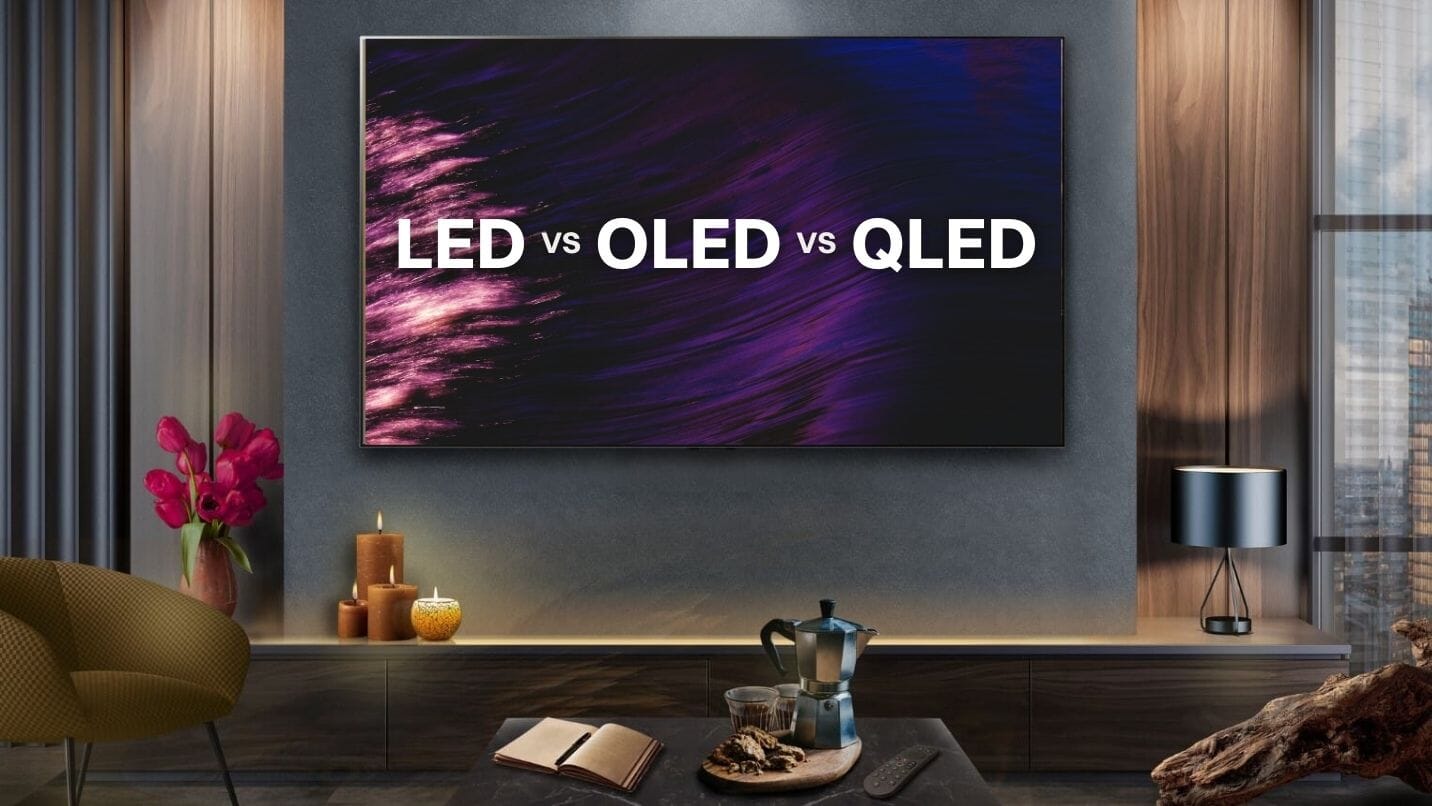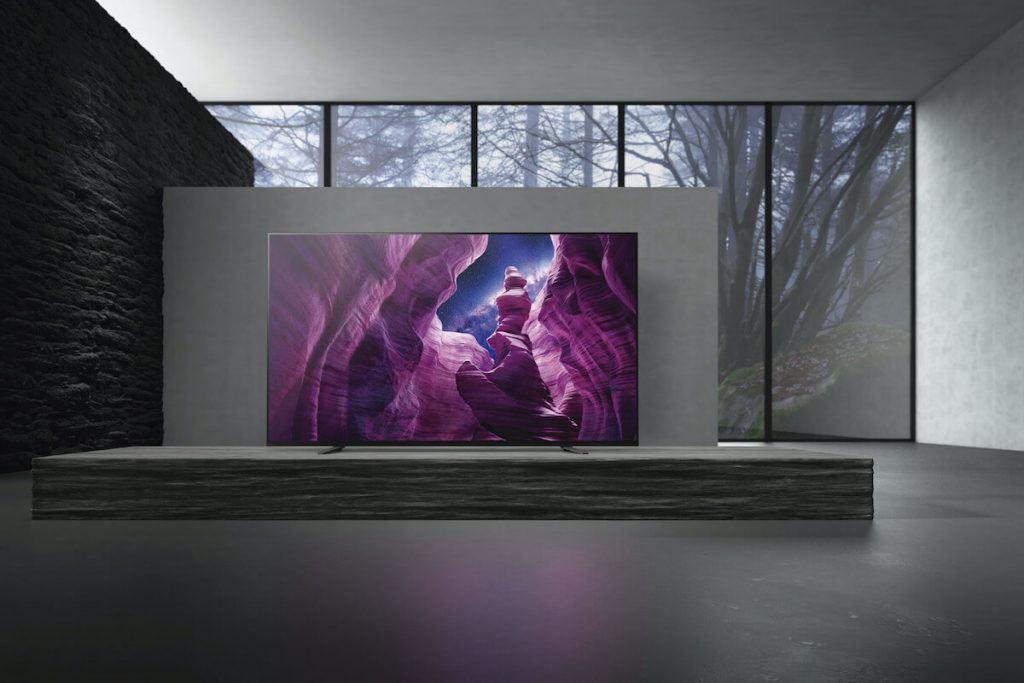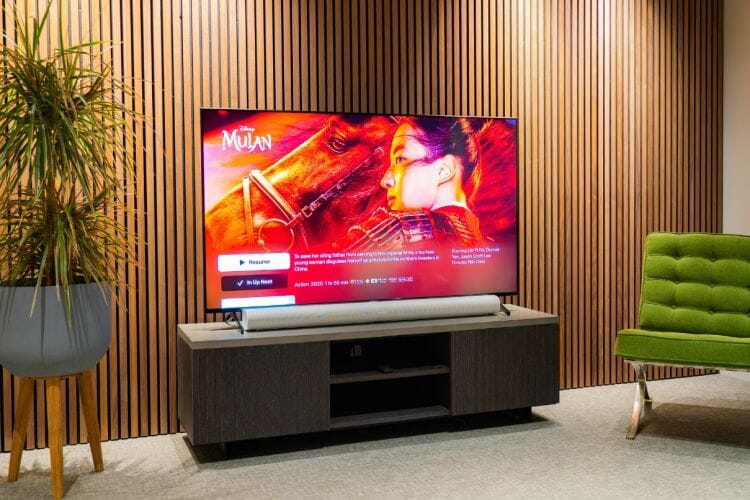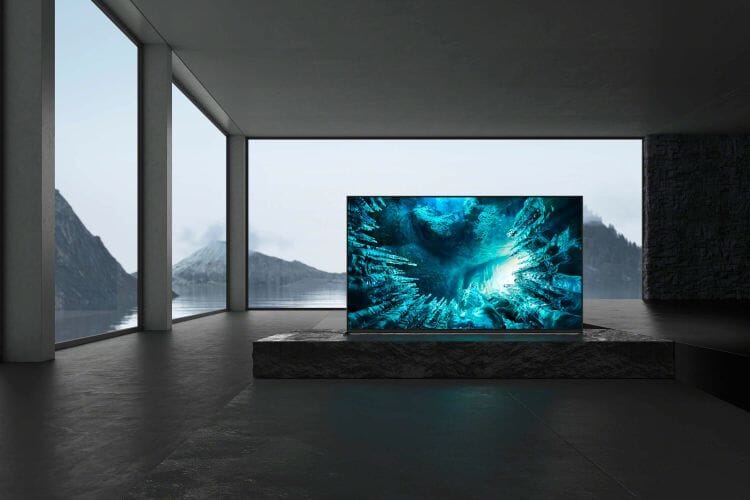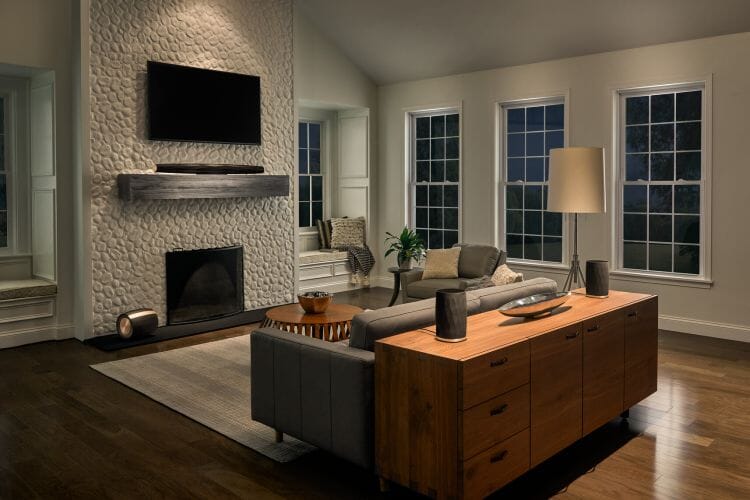TV Screen Types - What does it all mean?
With a myriad of different options available it can be difficult to decipher what each different TV screen type on the market can do and, more importantly, what this means for the everyday use of your TV. We’ve broken down the different key terms related to TV Screens below into bite size chunks that will hopefully help you feel informed enough to make the right decision when choosing your next TV.
The LEDs - Don’t be misLED
All TVs rely on LEDs in some capacity as they provide light and contrast to what you’re viewing on screen. LED stands for Light Emitting Diode which, when put simply, means that it will act as a light source for the pixels on the screen that produce the image you see. There are three main types of LED screen, with QLED introduced by Samsung as an LED alternative. We go into the different options available in more detail below so that you can hopefully make the best screen decision.
VIEW ALL TVS
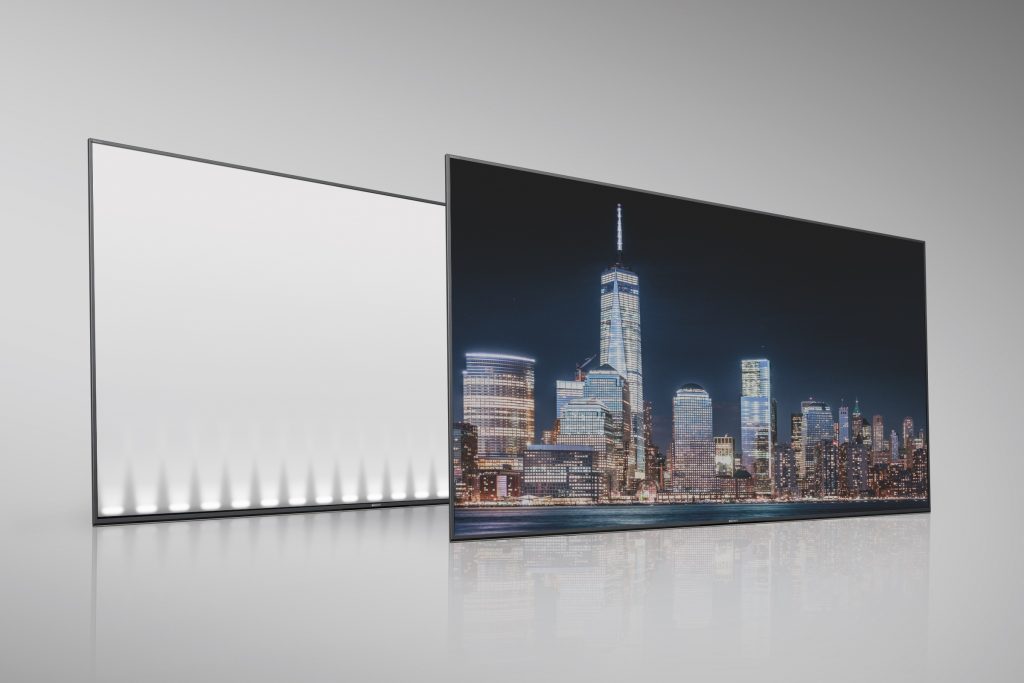
Screen Types
Edge-Lit LED
An Edge Lit LED screen does exactly what it says on the tin. Two rows of LEDs will light the screen pixels from each side. This screen lighting method is more prone to suffer from light bleed between different areas of the screen, as the contrast between light and dark can’t be as well-replicated when the light source for both is being emitted from the same part of the screen.
Full-Array LED
A step-up from Edge-Lit models, a Full-Array LED screen is fully backlit meaning the LEDs are evenly distributed behind the entirety of the screen. This results in better contrast as light is focused on the area of the screen that needs it and dimmed in darker areas of the screen. This is an effect known as local dimming, by which the luminosity of a particular area of the screen is boosted or dimmed depending on what the picture requires
QLED
QLED (Quantum Dot Light-Emitting Diodes) - This is a form of LED developed by Samsung which uses quantum dot technology to achieve better brightness and colour. QLED provides a step up from both Edge Lit LED and Full-Array LED, but traditionally isn’t quite as good as OLED because each LED and Pixel are not combined.
More: QLED vs OLED: The Differences That Actually Matter
OLED
OLED (Organic Light-Emitting Diodes) - OLED screens combine the LED with the pixel, meaning each pixel is able to create its own light source. This makes OLED the best choice for contrast between light and dark, as each pixel is able to turn off its own light source completely in areas of the screen that should be dark. Imagine looking at a bright moon against the dark sky on screen, each pixel responsible for rendering the moon will give off a bright light whereas each responsible for the sky will turn its LED off completely. This allows for each object to be individually rendered and colour bleed, which might affect some lower quality screens, is non-existent.
More: Mini LED vs OLED vs Micro LED: Pick Your Perfect TV Panel
Coming to a resolution about Resolution
Most TVs released in the past couple of years will support 4K picture quality as a minimum, with some flagship models offering up to an impressive 8K resolution. So what’s the difference between the two? And what, if anything, will one bring over the other?
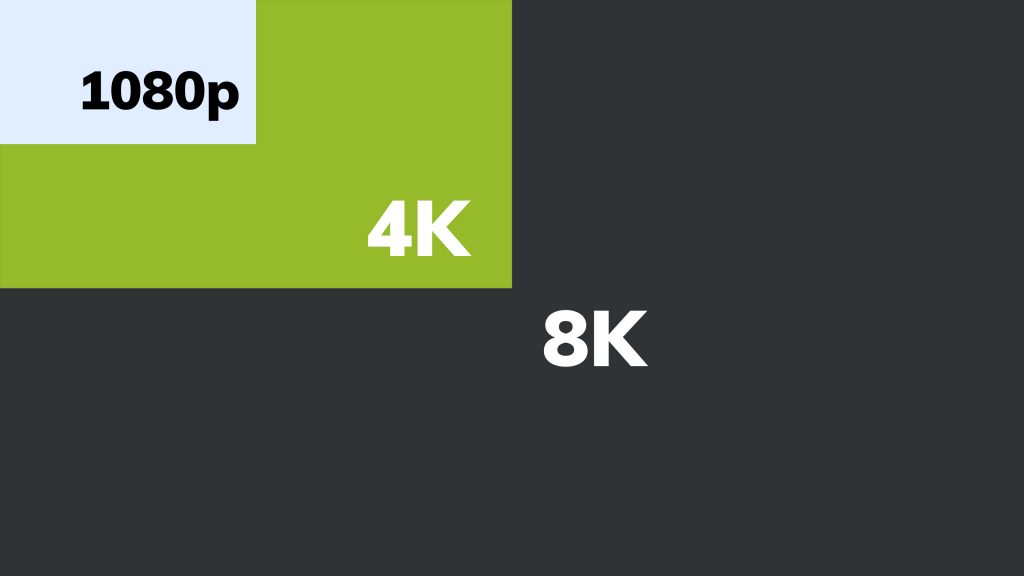
4K - Trusty 4K screen resolution is favoured by much of the TV and film industry in 2023, with blockbuster movies, Netflix original content and even sporting events all recorded in 4K quality. Often seen hand-in-hand with formats such as Ultra High-Definition, 4K offers you a resolution of 3840 x 2160 pixels. This results in more than 8 million total pixels in the screen and is 4x as many as offered in the older standard of Full HD.
In layman's terms, what makes 4K TV so special is the level of depth and detail they can go into. A greater number of pixels translates to a greater number of individual parts of the screen that can do their own thing. Background or smaller parts of the image can be rendered individually to offer a more photo-realistic picture overall. Imagine you’re watching a sports game, not only will the ball, players and pitch all be perfectly detailed but you’ll also see each individual spectator in the background a lot more clearly.
8K - As you might have already guessed, 8K screens offer twice the number of pixels as 4K TVs giving you even better detail, contrast and realism than we’ve seen before. A massive 7680 x 4320 pixels resulting in over 33 million overall, offering an even greater level of depth to each image displayed on the screen. It’s even speculated that 8K could be the highest resolution that the human eye is capable of processing.
Best suited to a larger TV screen size on which more of the detail and rich contrast of the image can be appreciated, an 8K TV can display any high-resolution photographs or videos that you’ve taken for the whole family to appreciate. The only downside at the moment is because 8K tech is so new, most content released at the moment is only available in 4K. That’s not to say this won't change in the future though, as greater interest in 8K TVs and advances in the film industry will result in more and more 8K content being produced.
Summary
We hope this deep-dive into different screen types and resolutions has proved helpful in your search for the perfect TV. We are of course on hand to help if there’s anything further that we can help with.
SHOP All TV's
Other Useful Content
Blog: LG G3 Review: The Best OLED TV To Buy?
Video: Sony TV 2023 Buying Guide: What's Right For You?
Video: How To Choose The Right TV Screen Size
Blog: Sony A80L Review: The Smart OLED Choice?
Video: OLED vs. Full Array LED: What's The Difference
We hope you find this helpful, but of course, we realise that purchasing a new TV is a big decision, so we are more than happy to assist with any queries you may have.
Please reach out on:
| info@smarthomesounds.co.uk | |
| Live Chat on our Website | |
| 0800 677 1100 |



